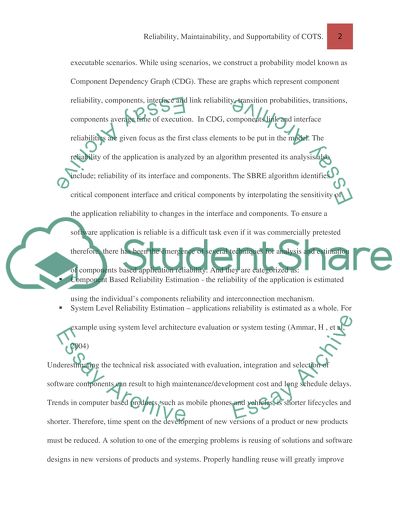Cite this document
(“Reliability, Maintainability, and Supportability of COTS Research Paper”, n.d.)
Retrieved from https://studentshare.org/design-technology/1398348-reliability-maintainability-and-supportability-of
Retrieved from https://studentshare.org/design-technology/1398348-reliability-maintainability-and-supportability-of
(Reliability, Maintainability, and Supportability of COTS Research Paper)
https://studentshare.org/design-technology/1398348-reliability-maintainability-and-supportability-of.
https://studentshare.org/design-technology/1398348-reliability-maintainability-and-supportability-of.
“Reliability, Maintainability, and Supportability of COTS Research Paper”, n.d. https://studentshare.org/design-technology/1398348-reliability-maintainability-and-supportability-of.


